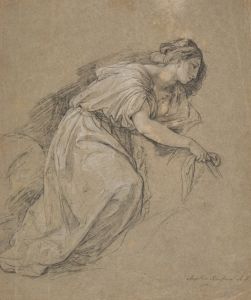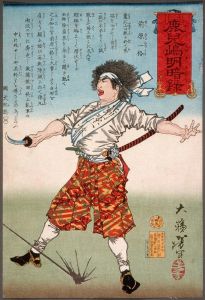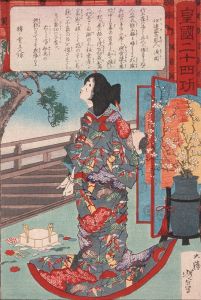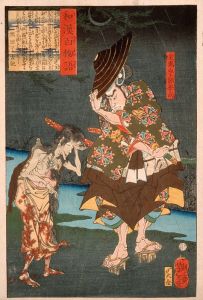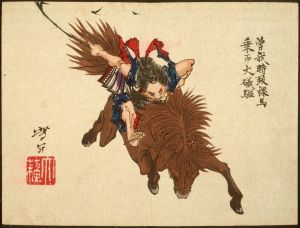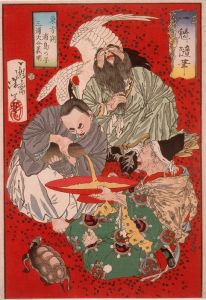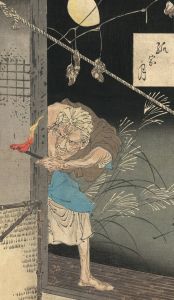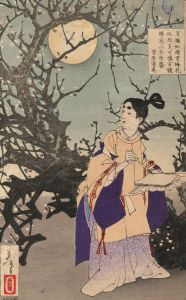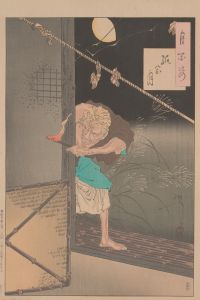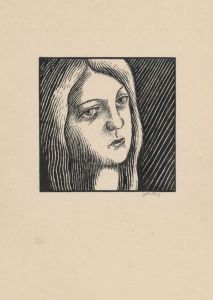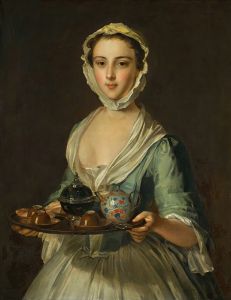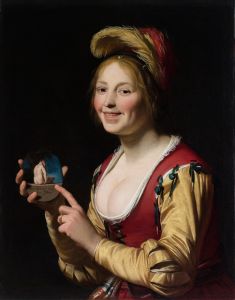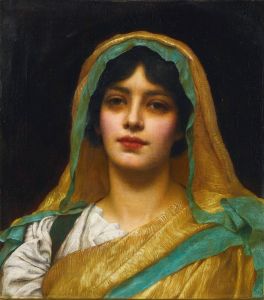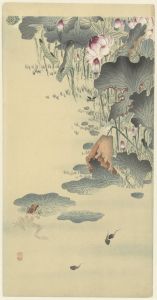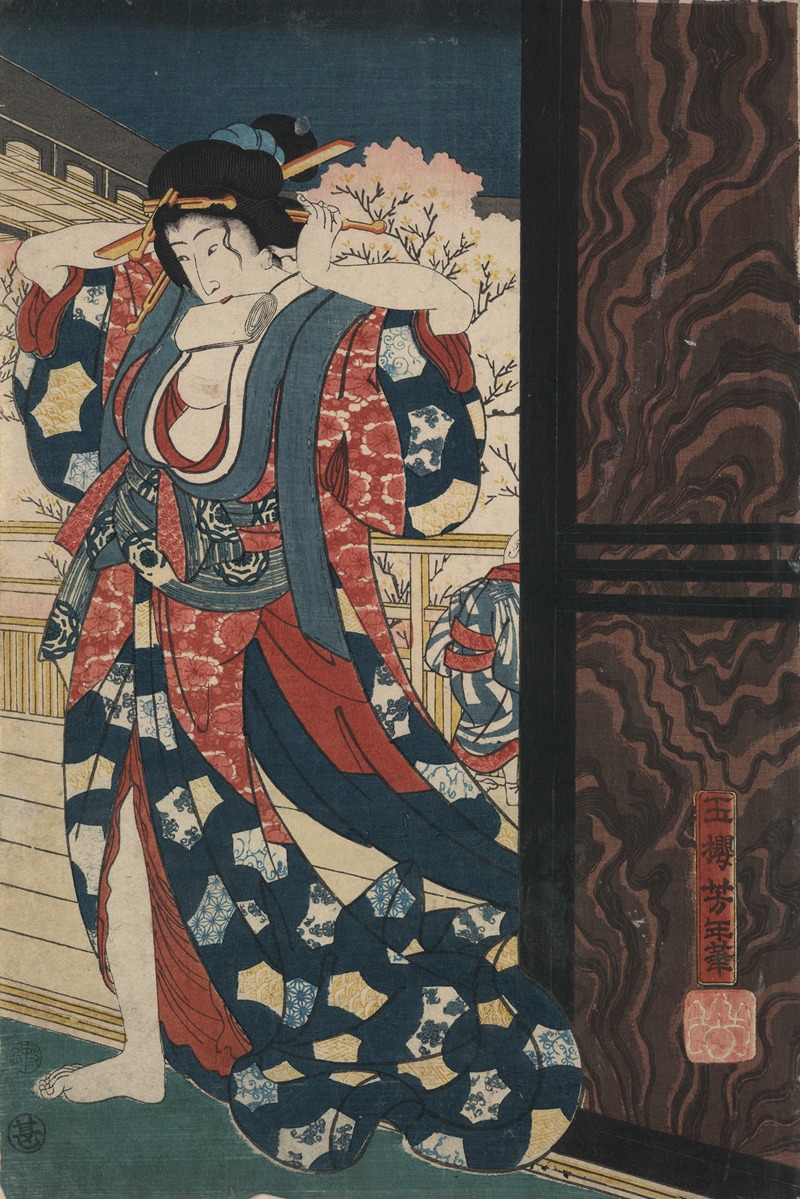
Mage o naosu yūjo
A hand-painted replica of Tsukioka Yoshitoshi’s masterpiece Mage o naosu yūjo, meticulously crafted by professional artists to capture the true essence of the original. Each piece is created with museum-quality canvas and rare mineral pigments, carefully painted by experienced artists with delicate brushstrokes and rich, layered colors to perfectly recreate the texture of the original artwork. Unlike machine-printed reproductions, this hand-painted version brings the painting to life, infused with the artist’s emotions and skill in every stroke. Whether for personal collection or home decoration, it instantly elevates the artistic atmosphere of any space.
Tsukioka Yoshitoshi (1839–1892) was a prominent Japanese ukiyo-e artist, known for his innovative and dramatic woodblock prints. One of his works, "Mage o naosu yūjo" (translated as "Courtesan Adjusting Her Hair"), is a fine example of his artistic style and his focus on capturing human emotion and beauty. This piece is part of Yoshitoshi's broader exploration of traditional Japanese themes, often depicting women, historical figures, and supernatural elements.
The artwork portrays a courtesan, or yūjo, adjusting her hairstyle. In Edo-period Japan, courtesans were part of the licensed pleasure quarters and were often depicted in ukiyo-e prints as symbols of beauty, elegance, and refinement. The act of adjusting one's hair was a common and intimate moment, frequently used in art to highlight the grace and poise of women. Yoshitoshi's depiction emphasizes the courtesan's delicate features and the intricate details of her attire, showcasing his mastery of line work and composition.
Yoshitoshi's career spanned a period of significant cultural and political change in Japan, as the country transitioned from the Edo period to the Meiji era. His works often reflect a blend of traditional Japanese aesthetics and the influences of modernization. "Mage o naosu yūjo" exemplifies his ability to capture the essence of traditional Japanese life while employing innovative techniques that set him apart from his contemporaries.
The exact date of creation for "Mage o naosu yūjo" is not definitively documented, but it is consistent with Yoshitoshi's style during the latter half of the 19th century. The piece is notable for its attention to detail, particularly in the courtesan's kimono and hairstyle, which reflect the fashion of the time. Yoshitoshi's use of color and shading adds depth and dimension to the print, enhancing its visual impact.
As with many of Yoshitoshi's works, "Mage o naosu yūjo" provides a glimpse into the cultural and social dynamics of its era. It serves as both an artistic achievement and a historical artifact, offering insight into the lives of women in Edo-period Japan and the enduring appeal of ukiyo-e as a medium.
Further details about the specific context or commission of this work are not readily available, and its current location or collection is not specified in existing records.





